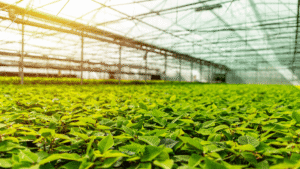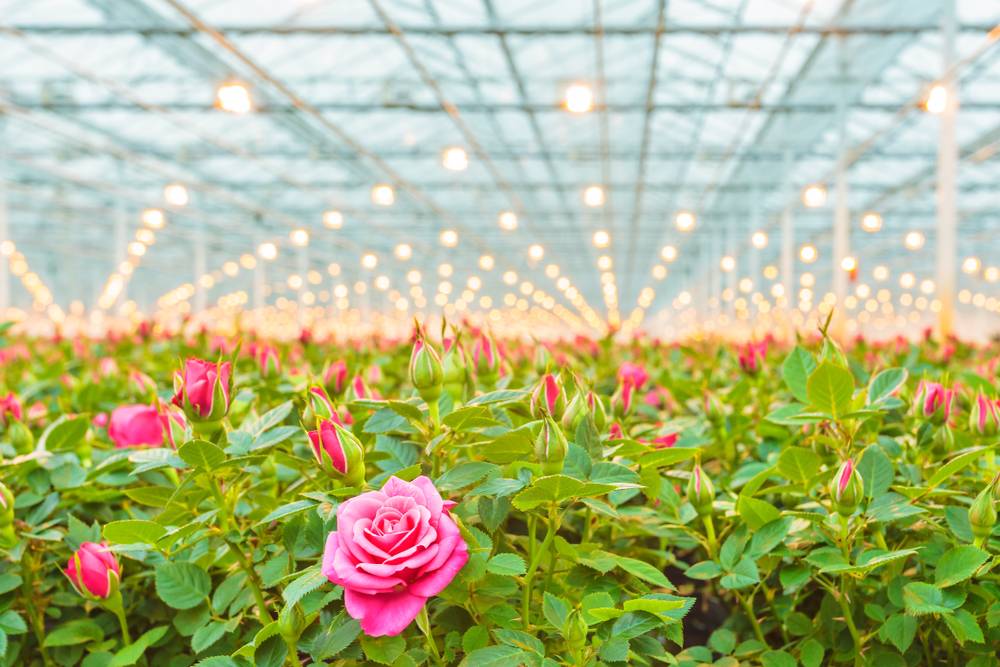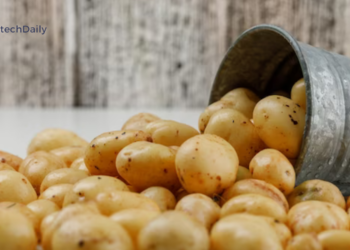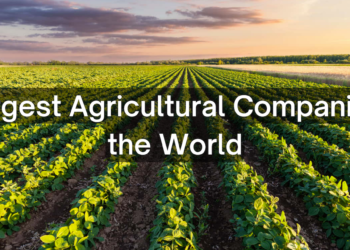Horticulture is basically the branch of agriculture that deals with highly produced plants that are directly used by humans for food, medicine, and aesthetic gratification. Here the nation owes a great deal to M.H. Marigowda who is also known as India’s “Father of Indian Horticulture.“
Because it pays better than agriculture, the horticulture sector has become one of the principal drivers of growth (food grains mainly).
This industry provides employment opportunities in the primary, secondary, and higher education sectors. Horticulture crops, such as fruits, are more resistant to weather changes, while vegetables help small and marginal farmers supplement their income. This industry enables people to eat a varied and balanced diet in order to live a healthy lifestyle.

It has been a major driver of economic development in several of the country’s states, with the Indian Council of Agricultural Research’s Division of Horticulture playing a crucial role.
Recently, Horticulture production in India has nearly doubled from 146 million tonnes in 2001-02 to 314 million tonnes in 2018-19, while foodgrain production has climbed from 213 million tonnes to 285 million tonnes over the same time period A great push to the sector was possible with the development of National Horticulture Board (NHB) in 1984 whose goal is to strengthen the Horticulture industry’s integrated development and to assist in the coordination, sustainability, and processing of fruits and vegetables.
Horticulture production in India has nearly doubled from 146 million tonnes in 2001-02 to 314 million tonnes in 2018-19, while foodgrain production has climbed from 213 million tonnes to 285 million tonnes over the same time period.
India is presently self-sufficient in foodgrain production and the world’s greatest producer of agricultural products such as pulses, jute, buffalo meat, milk, and other dairy products.

In 2018-19, the area under horticultural crops expanded to 25.5 million hectares, or 20% of the total area under foodgrain, yielding 314 million tonnes. However, from 129 million hectares in 2016-17 to 124 million hectares in 2018-19, the overall foodgrain area has decreased.
High-value crops, higher yield per unit of land, and reduced irrigation and input costs are all therefore considered as characteristics of horticulture crops. Another essential factor to note is that the value of horticulture crop export earnings has been higher than the value of total foodgrain export profits.
Spices, cashew, cashew nut shell liquid, fruits-vegetable seeds, fresh fruits, vegetable oil, fresh vegetable, processed vegetable, processed fruits and juice, floriculture, etc are all included in the overall export value of horticulture crops.
Different fruits, vegetables, medicinal, and aromatic plants have created variants that are tolerant/resistant to diverse biotic and abiotic stressors. Improved processes have been established for the production of disease-free, high-quality planting materials.
For different fruits, spices, and other vegetatively propagated plants, micropropagation procedures have been standardized. For a variety of horticultural crops, micro-irrigation and fertigation technology have been developed to improve water and nutrient efficiency.
This industry has risen to prominence in recent decades, generating a significant share of the Agriculture and Allied Sectors’ Gross Value Addition.

However, greater infrastructure, such as cold storage and better warehousing, is required for these crops to avoid post-harvest crop losses, which will go a long way toward increasing farmers’ income.
Therefore Increased concentration on horticultural crops might be a win-win solution for the government at both the top and bottom levels, allowing it to achieve its goal of nutritional security while also increasing farmer income.
Also Read: Situation Of Finance In Agriculture In India













